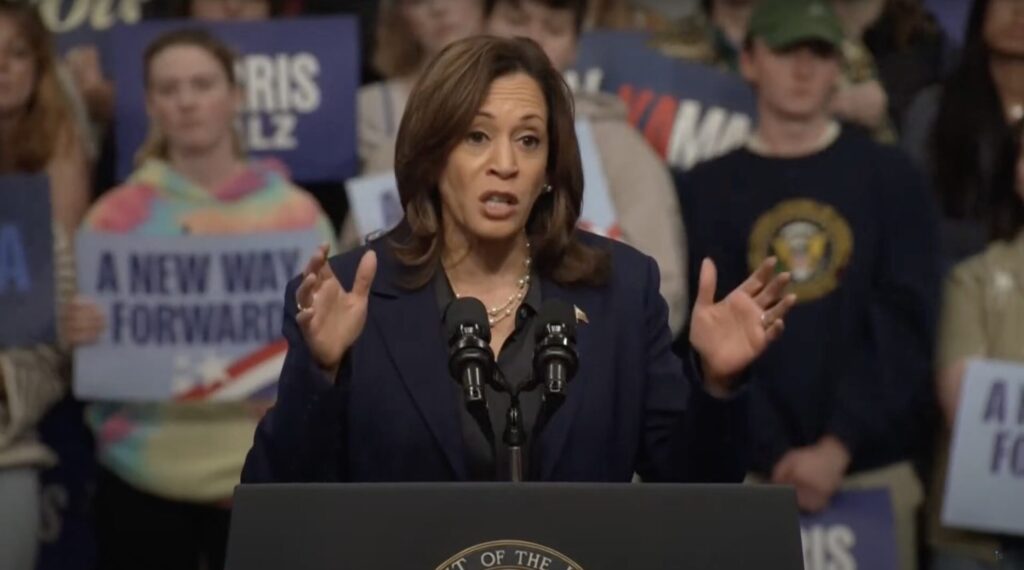Vice President Kamala Harris’s campaign is currently facing challenges in North Carolina as Republicans are demonstrating strong turnout in early voting. Despite the initial strategy of extensive ad spending in the state, the Harris campaign has announced the withdrawal of millions of dollars from their advertising reservations, leading to speculation about shifting focus to other competitive areas, possibly Virginia. Harris remains competitive in the Raleigh media market, where she has a lead over former President Donald Trump, but this isolated success does not reflect the broader voting landscape in the state.
Recent polling data from the Carolina Journal indicates a tight race between Harris and Trump, who are tied at 47% overall. However, Trump’s dominance becomes more apparent in different regions of North Carolina, where he leads Harris significantly, including a 12-point advantage in the western part of the state and a 9-point lead in coastal regions. The candidates are evenly matched in central North Carolina but face stark contrasts elsewhere, particularly in the Triangle area, where Harris leads substantially. This reveals a complex electoral map where regional dynamics significantly influence the overall race.
The state of early voting in North Carolina has gained particular attention, as over three million votes have already been cast. Political analysts note a concerning trend for the Harris campaign: Democratic voter turnout has decreased significantly compared to the same period in 2020, with estimates suggesting that more than 340,000 fewer Democrats have voted early this year. In stark contrast, Republican turnout has seen a modest increase, adding another layer of difficulty for the incumbent vice president as she seeks to strengthen her position ahead of the election.
In addition to Harris’s withdrawal from ad markets, Trump’s upcoming rally scheduled in Rocky Mount is expected to further energize Republican supporters in the state. The president’s presence could magnify the ongoing trend of increased Republican enthusiasm and voter participation, which may further disadvantage Harris as she attempts to rally her base. Harris’s scheduled appearance in Raleigh highlights the urgency to capture the Democratic vote in an area where she currently holds an advantage.
The contrasts in voter turnout as indicated by expert analysis point to potential implications for the overall election strategy not only in North Carolina but across the nation. The changes in spending strategy by the Harris campaign reflect a responsive approach to the shifting dynamics of voter sentiment. The campaign’s ability to engage and galvanize its base is crucial, especially given the heightened activity among Republican voters. As the election day looms closer, the stakes continue to escalate for both candidates involved.
Ultimately, the landscape in North Carolina serves as a bellwether for the broader trends which could affect the outcome of the election. The Harris campaign’s retreat from ad expenditures indicates a reassessment of the battlegrounds where she believes efforts can yield better results. With voters increasingly mobilizing, particularly on the Republican side, the focus shifts to whether Harris can reinvigorate her campaign, secure her leads in key districts, and turn the tide in a state that is critical for her electoral success in the upcoming elections.

